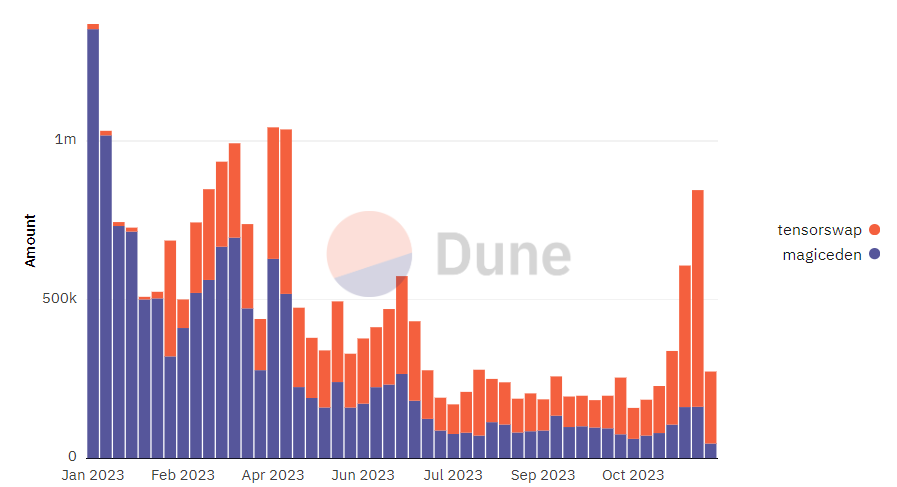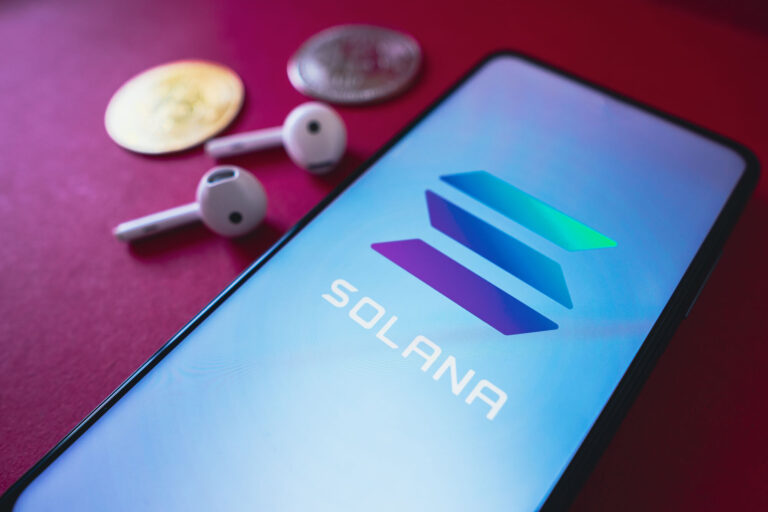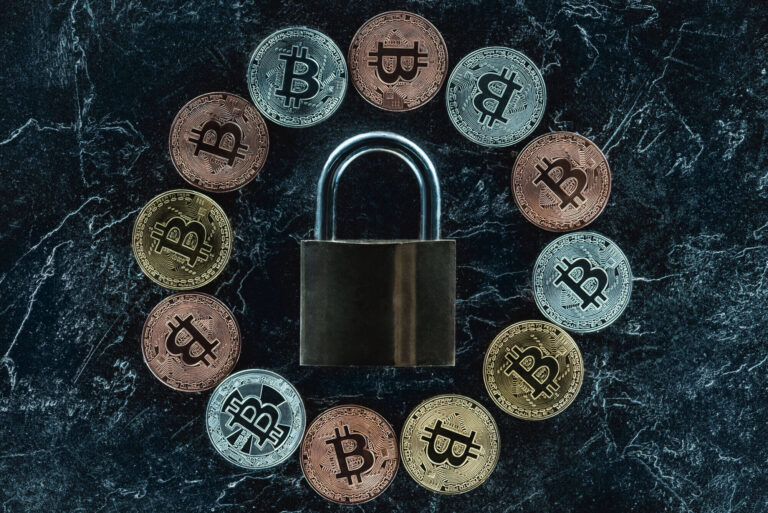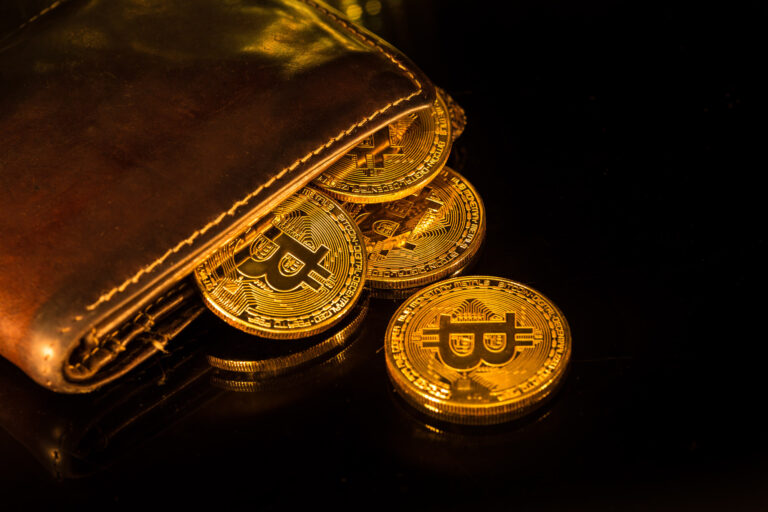Solana has seen spikes in NFT trading volume since the SOL rally. Last week, Solana even managed to overtake Ethereum in terms of trading volume for a short period of time. Most of the volume came from the Tensor marketplace, which has become Solana's main marketplace.
Like Ethereum, Solana is an open source, decentralised blockchain infrastructure that supports decentralised applications and smart contract interaction. Unlike Ethereum, Solana is highly scalable, has a significantly higher transaction speed and much lower transaction costs. Bitcoin through Ordinals and Ethereum with the best known markets OpenSea and Blur have dominated this sector for a long time. Now Solana has made a huge comeback with the recent rally, leading to temporarily better figures in terms of trading volume.
NFTs on the Solana blockchain
NFTs are unique, non-fungible tokens, usually represented by a PFP (profile picture) style image or other forms of digital art. Different types of NFT collections are traded on different marketplaces, which are online auction sites. Users can list NFTs for sale and buy or make offers on listed NFTs. Because Solana uses it's own blockchain and is not using the Ethereum ERC-20 standard, it requires a wallet that supports the Solana blockchain. The native wallets for Solana are typically Phantom or Solflare. Other Solana compatible wallet providers are TrustWallet, Torus or the Ledger Nano X hardware wallet.
In December 2023, the NFT trading volume on Solana has doubled since last year and currently stands at around $61 million in weekly trading volume. Today, more than 14 million Solana wallets have held at least one NFT, and more than 110 million Solana NFTs have been minted.

The big disadvantage Solana has compared to Ethereum is that Solana is not as battle-tested and has had bigger exploits such as the Wormhole hack where $320 million was lost. Furthermore, Ethereum has a higher number of users (active wallets) and has been running since 2014. Solana, on the other hand, launched in 2020 and has had significant downtime in the year after inception.
Significance of Tensor for the Solana ecosystem
Tensor is similar to the Ethereum-based marketplace Blur in terms of UI and analytics. The marketplace offers pro-trading options such as sweeping the NFT floor of collections (buying multiple NFTs from a collection at once) and advanced trading analytics. Traditional marketplaces like Opensea (Ethereum) and Magic Eden (Solana) have a more individual approach to NFT collections. The traditional marketplaces focus on giving value to the projects themselves, displaying information about the artist or company behind the projects. Their social channels are linked and the project is presented with a short description. This type of information is not available on Tensor, which focuses solely on providing a trading interface. Similar to Blur's airdrop incentive, Tensor has also launched a rewards system linked to the platform's own NFT collection 'Tensorians'.
By the end of November 2023, the Tensor marketplace had overtaken Magic Eden in terms of trading volume. Most of the volume was driven by a strong increase in activity in the Tensorian collection. According to data from CryptoSlam, Tensorian sales increased by 2160% in the last 30 days. The floor price (lowest price of an NFT collection) at the time was around 27 SOL. Currently the Tensorians are sitting at a floor price of 113 SOL, which is equivalent to 7,081 CHF.

Tensorian holders benefits from a number of perks. Holders receive higher rewards when using the Tensor marketplace, they have early access to new features and exclusive access to whitelists (guarantee to mint a NFT). Other high-volume NFT collections include "Exiled DeGods" and "DeGods NFTs". Both are derivatives of the famous Solana NFT collection "DeGods" that migrated to the Ethereum chain in early 2023.
Conclusion and outlook
Während die Grundbausteine der Solana Blockchain Vorteile wie niedrige Transaktionskosten und schnellere Transaktionsgeschwindigkeiten bieten, wird die Mehrheit der Transaktionen nach wie vor auf Ethereum durchgeführt. Ethereum hat eine starke Nutzerbasis entwickelt, die die Blockchain trotz hoher Transaktionskosten nutzt. Der sprunghafte Anstieg der Solana-Transaktionen scheint von einer kleinen Anzahl von NFT-Projekten zu kommen, wie die Daten nahelegen. Um zu einem ernsthaften Konkurrenten von Ethereum zu werden, müssen mehr Projekte gegründet und vielfältigere Gemeinschaften gebildet werden. Die SOL-Rallye fördert dabei die positive Stimmung im Ökosystem und beflügelt die Entwicklung neuer Projekte.








